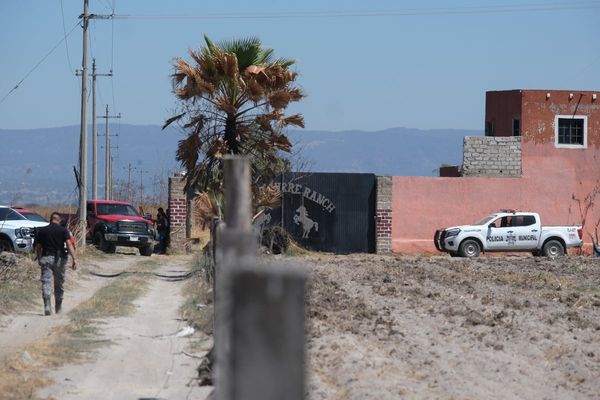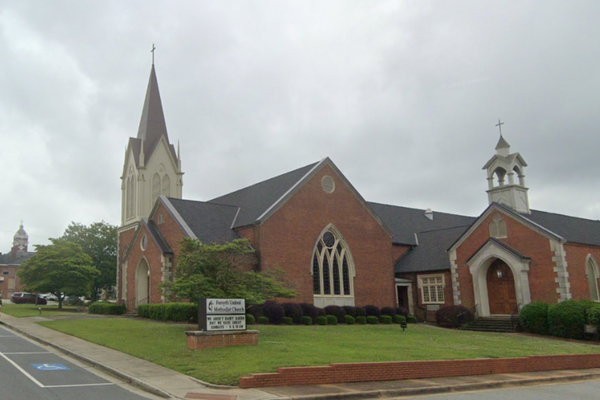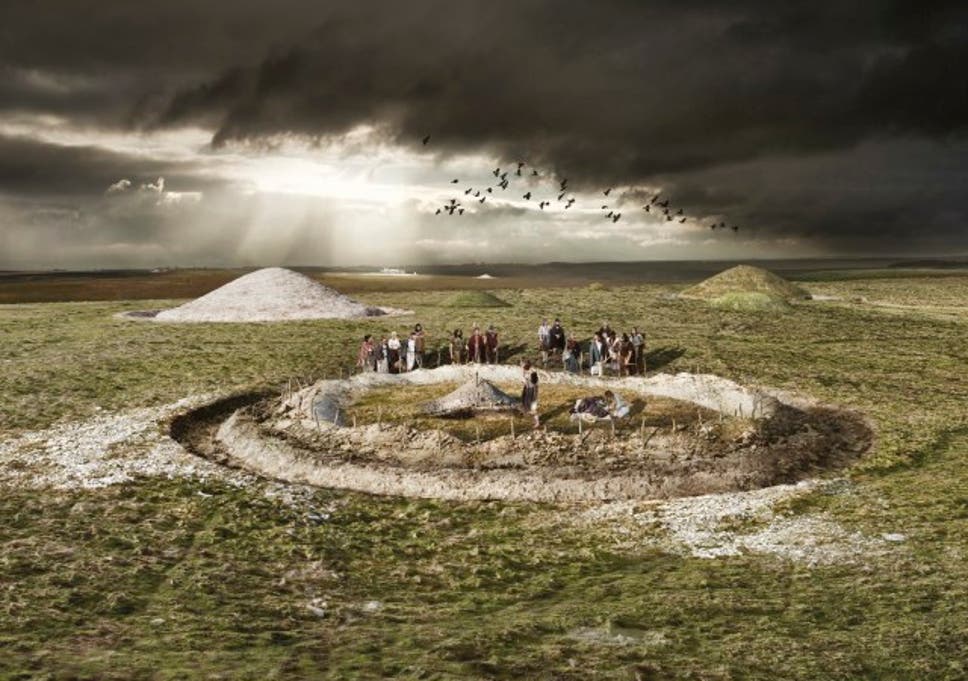
The once monumental final resting place of a probable prehistoric chieftain and, potentially, his shaman has been discovered in southwest England.
It’s one of the most fascinating archaeological discoveries in southern Britain in recent years. Significantly, the duo formed part of a remarkable social and political process which changed human history – and still shapes our world today.
The probable chieftain or prestigious leader – a man in his thirties or forties – had been interred underneath the centre of a large funerary mound which had been constructed specifically for him inside his own personal 20m diameter ditched enclosure.
The key evidence for his high status is the unusually fine material buried with him for his journey to the next life.
He had been buried in around 2,200BC with a 20cm long copper dagger (with a pommel made out of whalebone), an amber bead, a flint knife, an iron pyrites and flint fire-lighting kit, four special cowhide “rugs” and an extremely fine archer’s wrist guard made of a particularly valued stone quarried or gathered near the top of a mountain in the Lake District.
Close examination of the dagger suggests that it had been in a grass and leaf-lined probably leather scabbard.
What’s more, dark staining in the gravel surrounding his skeleton shows that he had been buried in a wooden plank coffin (or possibly just wrapped in animal skins), says archaeologist Andy Hood of Foundations Archaeology, the Wiltshire-based company carrying out the archaeological investigations near Lechlade, Gloucestershire.
Some early Bronze Age high-status individuals were buried with one or two cowhide “rugs” – but this very prestigious communal leader had a total of four, a number not known to be paralleled anywhere else in Britain. Each “rug” would have been an impressive and valued possession – an entire cowhide complete with the animal’s hooves at its four corners and its skull.
The stone used for his wrist guard had been obtained from the slopes (or from near the top) of Harrison Stickle or Pike of Stickle – two 700m-high mountains in the Lake District – 250 miles north of Lechlade. It is believed that the remote and difficult-to-access rock source is likely to have been seen as imbuing the artefact with special significance and power. It had already been regarded as a culturally and probably spiritually important source of special stone for more than 1,500 years.
That particular type of stone (a very fine-grained volcanic tuff) is green or greyish green in colour – and may have been perceived as supernaturally helpful in ensuring life after death. Throughout many areas of the world, green has traditionally been seen, since ancient times, as symbolising eternal life, heaven and fertility.
The probable chieftain’s final resting place was in a particularly sacred location – just 150m west of one of southwest Britain’s most important prehistoric religious monuments – a big Neolithic ceremonial complex (a so-called “cursus” monument) which was already around a thousand years old when he was buried.
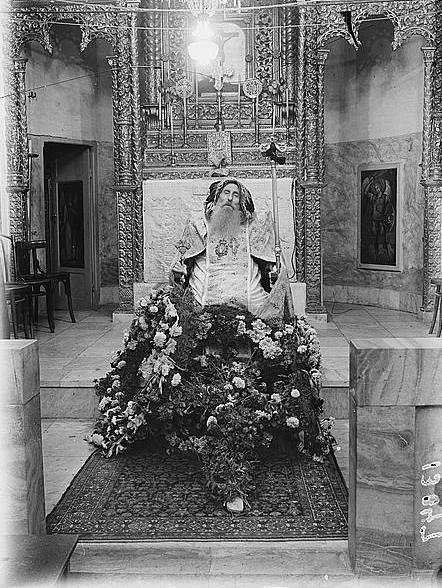
Significantly, this high-status Lechlade leader was interred looking southeast – gazing directly towards a second buried man, just two metres away. That second individual had been buried probably at or immediately after the chieftain had been laid to rest.
However, this second burial is a complete enigma – which is likely to be the subject of much archaeological debate for years to come.
That individual – an older man, perhaps in his fifties or sixties – had not been buried in the normal manner. Instead, he had been interred sitting on an earth and gravel “seat” with his legs descending into what would initially have been a pit.
Seated burials are very rare in most ancient and more modern cultures – but across much of the world and for thousands of years, when they do occur, they have often been associated with elite individuals – especially religious practitioners.
Interestingly, the Lechlade seated individual was buried without the normal elite grave goods (daggers etc) which a high-status secular person would have had. All he appears to have been supplied within death was a single cowhide rug.
In light of other seated burials known from elsewhere, it is therefore conceivable that he was some sort of holy man – maybe a shaman or a priest.
In Bronze Age Siberia, shamans were buried partially sitting up.
Some early mediaeval Germanic seers (priest-like divination practitioners) were also buried in a seated position – and, from at least the fourth century, many Christian bishops in eastern Europe were buried in a similar fashion.
In ancient Thrace (Bulgaria), acolytes initiated into the Orphic religion are thought to have been buried in a seated position.
In ancient India (and indeed, sometimes still in modern India) some holy men were buried in a cross-legged seated “lotus” position. In death, they were seen not as having died in the conventional sense, but to be in an eternal yogic state – a state in which they were perceived to have abandoned their body and to have merged with the eternal essence or soul of the cosmos. The earliest written reference to aspects of that concept dates from 1,000BC – but the concept itself is likely to be far older.
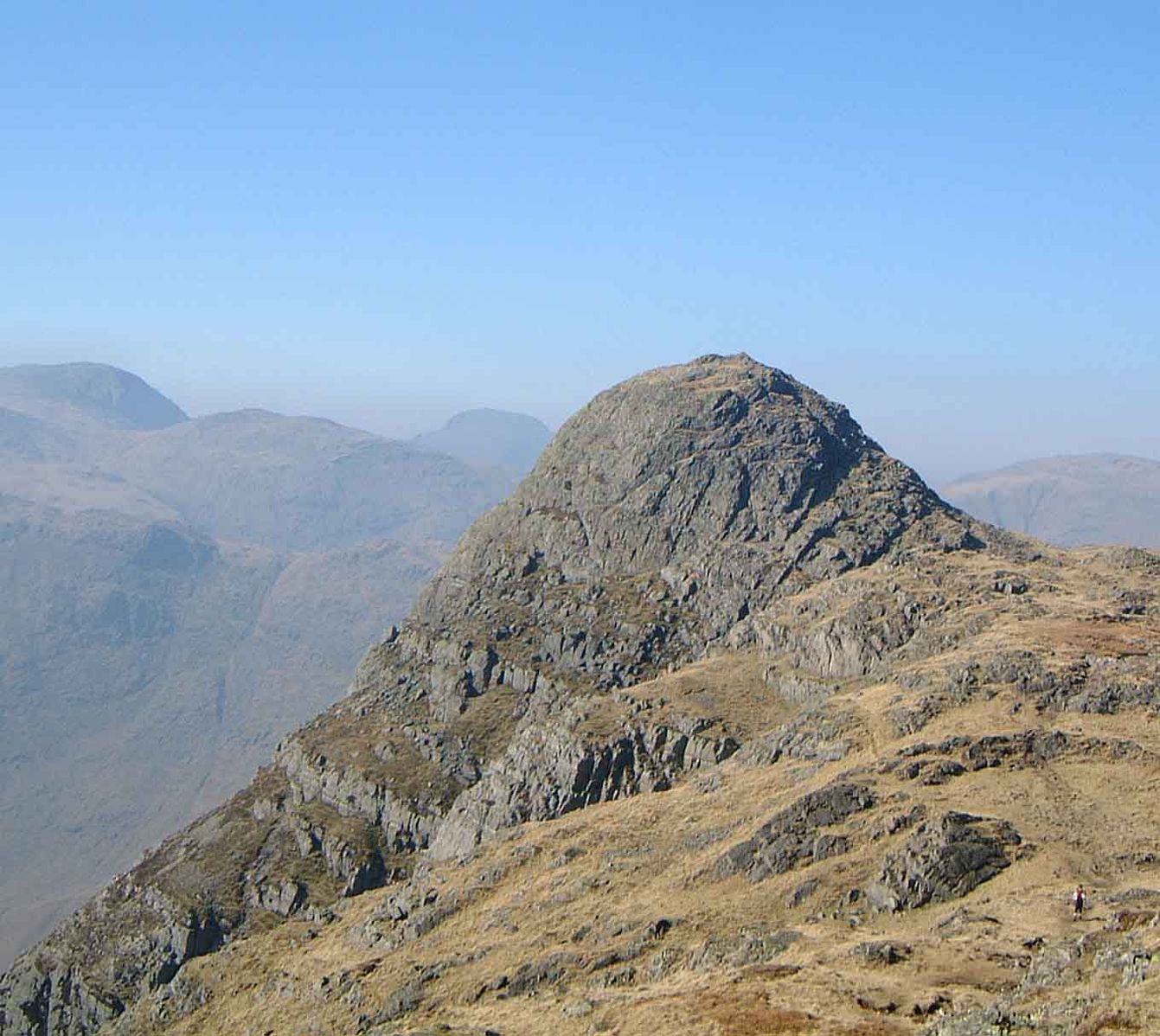
And in Skateholm in Sweden, a 7,000-year-old seated burial is thought to have been that of a female shaman or another communal leader, who was interred wearing a slate chest plaque and a belt decorated with dozens of red deer, boar and elk teeth and two pine marten lower jaws.
Other elite individuals were buried in a seated position in many different parts of the world – from mediaeval Mongolia and ancient southern Russia to early mediaeval France and Viking Scandinavia.
The Lechlade seated burial, therefore, appears to be part of a very widespread series of traditions, the earliest known examples of which date back to around 9,500BC in Karelia (in northwest Russia) and the Ukraine.
Both elite individuals formed part of one of the most important social and political processes in the whole of British and indeed world prehistory – a phenomenon which, in some senses, still shapes our world today, thousands of years after it occurred.
Both of them were part of what archaeologists call the Beaker culture – a people and culture which largely originated in what is now south Russia and migrated westwards, arriving in Britain in around 2500BC.
The Beaker people quickly became the dominant population, culturally, genetically and probably linguistically, largely replacing the indigenous population.
It was probably the Beaker culture which introduced the proto-Indo-European language to western Europe (including Britain) – and it is from that early language that English and all other Indo-European languages in Europe (ie, around 85 per cent of our continent’s languages) and in Asia (including Hindi, Urdu, Bengali, Kurdish and Persian) have evolved. Today, 5,000 years after the Beaker people spread outwards from southern Russia, 44 per cent of the world’s population speaks Indo-European languages.
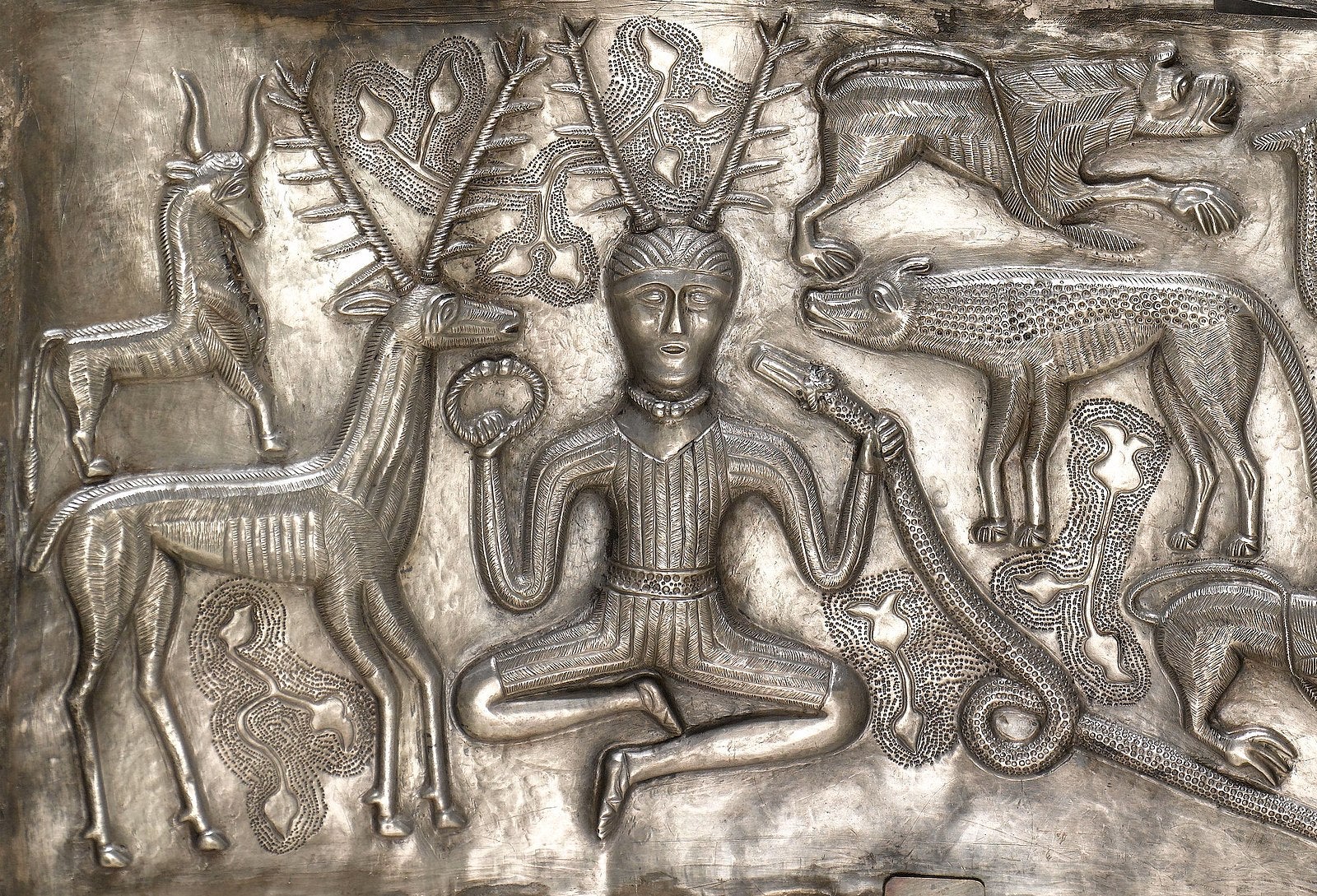
The Beaker migrants also introduced the first metal-working technology (copper) into Britain. It is thought that they arrived in western Europe and Britain as a highly mobile very innovative warrior elite.
The Lechlade beaker chieftain and his potential shaman wielded their power around 300 years after their culture had first arrived in Britain – and were by then the dominant group.
However, the duo’s choice of final resting place was determined by purely pre-beaker phenomena. They appear to have wanted to “buy into” Britain’s pre-Beaker heritage – and therefore deliberately chose burial sites that were imbued with ancient pre-Beaker power and tradition.

They therefore chose to be interred in one of the most spiritually and ritually significant places in the whole of southern Britain – an ancient pre-Beaker religious and ceremonial complex at the confluence of no less than four rivers (including the Thames itself).
That complex had already been important for at least a thousand years. It included at least three pre-Beaker ceremonial monuments – a substantial ceremonial enclosure (the so-called cursus), perhaps up to a kilometre long, leading down to or towards the River Thames, a similar 500m long enclosure, leading to one of the other rivers in the confluence (the River Cole) and another major probable Neolithic ritual monument.
But history is a continuous and sometimes repetitive process! Just as the chieftain and his probable shaman had sought to buy into the area’s prestigious past, so did people who lived in the area hundreds, indeed thousands, of years later.
Some 1,200 years after his burial mound had been constructed, four Late Bronze Age people had their cremated remains buried there – and 700 years after that, three Iron Age individuals also chose the place as their final resting place.
Even in Anglo-Saxon times – 900 years after the Iron Age trio had been interred – people were deliberately choosing to be buried in that by then very ancient ceremonial area.
In all, the Lechlade complex and its surroundings has one of the longest-lasting religious pedigrees in Britain – well over 5,000 years. The archaeological investigation into the burial mound and its beaker period, late Bronze Age and Iron Age occupants has been carried out over the past three years.
Due to thousands of years of soil erosion and many centuries of ploughing, the burial mound had been completely flattened – and had, therefore, become invisible from ground level. But it was that very invisibility that protected the subterranean graves that the funerary mound had covered. It had therefore never been looted by treasure hunters or even excavated by early archaeologists. It is one of the very few intact prehistoric British burial sites to be fully investigated by modern scientific archaeology.
“Our investigation has been a rare opportunity to shed new light on a crucial period of British prehistory. What’s more, it has allowed us to understand the extraordinary time depth of this ancient funerary monument and its use by so many different cultures from the Neolithic all the way through to the Iron Age,” says Andy Hood, of Foundations Archaeology, the company which has carried out all the excavation and other investigatory work. The project has been funded by Lechlade Town Council and King Builders of Gloucester.

